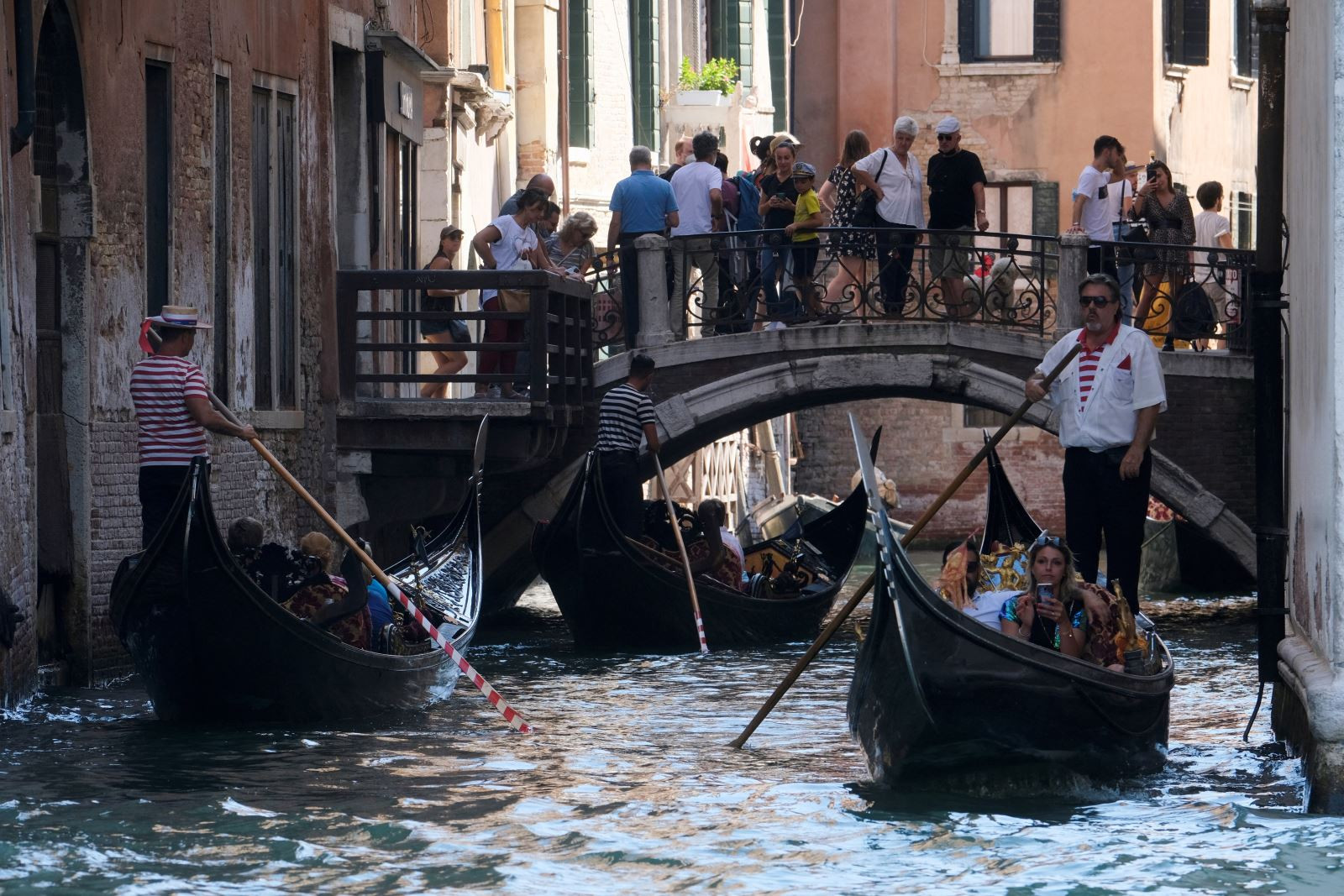Venice has been placed on UNESCO's radar due to overtourism and rising water levels.
However, on September 14, at its annual meeting in Saudi Arabia, the agency decided to stop putting the Italian city of Venice on the list of endangered heritage.
UNESCO reiterated its concern about important issues that need to be addressed to properly preserve the city of Venice, including those related to tourism, development projects and climate change.
UNESCO believes that Venice still needs to make more progress, and has asked international agencies to submit a report on the city's conservation by February 1, 2024 for consideration at a session next year.
“The protection of this world heritage must remain a top priority for the entire international community,” UNESCO said.

The "in danger" criterion is the first factor for a site to be removed from the World Heritage List. Currently, the list lists 1,157 sites in 167 countries and territories.
Venice is built on a group of more than 100 islands, separated by canals and lagoons but connected by bridges. The city is considered the world's first international financial center, between the 9th and 14th centuries.
However, the constant influx of tourists has long been a problem for Venice. During the city's 2019 carnival, at least 193,000 people packed into the historic city center.
Post-Covid-19, tourists have flocked back to the city as travel restrictions have eased. The crowds often outnumber the city’s 50,000 residents and crowd its narrow alleyways.
According to data from housing activists, as of last weekend, Venice now had more tourist beds than residents. Venice is also battling the effects of climate change and underwater barriers.
In July, UNESCO experts said that the measures proposed by the Italian government were “incomplete and insufficiently detailed.” They also said Italy was preserving the site sustainably. In fact, since the 2021 session, UNESCO has threatened to put Venice on the list of endangered heritage sites.
Tensions escalated at a city council meeting this week, ahead of a vote to make Venice the first city in the world to charge visitors an entrance fee. The city plans to trial a 5 euro ($5.35) entrance fee for day-trippers to try to manage the flow of tourists to its historic canals.
The fee will be trialled next year, focusing mainly on spring holidays and summer weekends when tourist numbers are at their peak. All visitors over the age of 14 will be charged.
Critics say the tax was rushed into place to show UNESCO that the city is taking action to curb mass tourism.
The aim of the fee is to find a new balance between the rights of those who live, study or work in Venice and those who visit the city, said Venice tourism councillor Simone Venturini.
Mr. Simone Venturini also said that this is not a money-making move because the fees collected are only enough to cover the costs of managing the program.
Venice was pulled out of its slump two years ago when the Rome government banned cruise ships from St Mark's Square and the Giudecca canal.
“We are trying to avoid Venice being listed as a world heritage site in danger,” Michele Zuin, Venice’s top budget official, said ahead of the decision. “But it’s not as if we are slaves to UNESCO.”
According to Tin Tuc newspaper